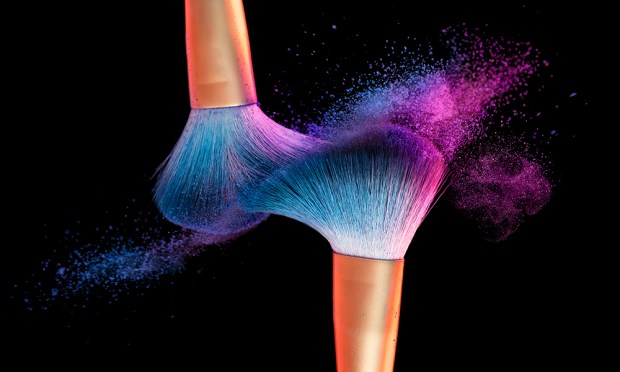Beauty Secrets For Brick-And-Mortar Success

As the retail space categorically struggles to figure out what to do about the brick-and-mortar problem, one vertical isn’t experiencing a problem at all. Physical retail has proven an effective tool for health and beauty brands in recent years, even as other verticals struggle to figure out what it takes to thrive in the changing retail world.
Unfortunately, those other categories may only be able to learn so much from the successes of brands like Sephora — some of that success just comes down to unique features and how people shop for different types of products. Makeup comes with a ready-made experiential retail opportunity.
However, that doesn’t mean other categories can’t also differentiate themselves by offering unique in-store experiences. It just means it will take even more creativity. What’s clear is that in-store experiences do drive traffic, so for retailers that get it right, it can mean keeping the doors open or even driving growth of new stores.
Why Beauty Is Thriving
According to PYMNTS’ most recent Omni Usage Index, a collaboration with Vantiv (now Worldpay), customers buying beauty products aren’t always “on a mission” — 40 percent of survey respondents told PYMNTS they don’t know what they want before arriving at the store.
This suggests that browsing and impulse buys are significant behaviors in the beauty category — two activities that traditional stores can support much more readily than their modern digital counterparts. Consumers may or may not be going into their shopping venture with a specific budget in mind and may be more easily swayed to add more items to their carts.
This also speaks to the importance of seeing, touching and trying beauty products in person. Even customers who did online research first tend to make a store visit before a final purchase.
The same is true in apparel, where fit and comfort are key but represent a major challenge on digital channels. No matter how easy companies make it to process returns and exchanges, it’s clear that many consumers still feel there’s something to be said for trying-before-buying.
As appealing as that may be for fashion shoppers, it makes even more sense in beauty. In fashion, provided that the customer got home, put the item on, realized the fit was wrong, and returned it rather than wearing it, a shirt that has been returned can be put back on a hanger and sold to someone else. A mascara that has been opened cannot, even if the company is willing to offer a refund for product dissatisfaction.
Lesson 1: Don’t Compete With Yourself
Although beauty is a unique category, there are certainly some lessons to be learned across verticals. One takeaway from the Index is that physical and digital channels by the same retailer should not compete against each other, but work in tandem.
Sephora is a good example of this. In 2015, the French-import and specialty beauty retailer operating in the U.S. launched a major initiative to integrate its mobile and in-store shopping features into a comprehensive omnichannel customer outreach program.
Sephora now leverages artificial intelligence (AI)-powered social media chatbots to engage with customers, augmented reality (AR) try-on functions that have changed the way beauty brands look at mobile apps, and various other omnichannel techs, which it conceives and tests in its Innovation Lab.
Lesson 2: Be Where The Customers Are
The numbers showed that more than half of health and beauty consumers were “any-channel” shoppers — that is, not strictly digital and not strictly brick-and-mortar shoppers, but using different channels at different times depending on their needs. Therefore, brands must be ready to meet customers wherever they may be looking for products.
People use mobile apps more in health and beauty contexts than in any other retail category, beating apparel, grocery and mass retailers by a healthy margin. However, not as many people are using those apps as one might think. Between one-third and half of respondents said they were not aware of whether the retailer they were shopping with even had a mobile app, while only 7 to 15 percent said they knew about a mobile app tied to the brand and used it regularly.
Doing research on digital channels before visiting a store is proving a popular strategy, with 33 percent of beauty product customers saying they only purchased beauty products in stores after doing research online. Another 33 percent said they did so occasionally. So it’s clear that the digital side of omnichannel is playing a significant role, regardless of where and how consumers ultimately make their purchases.
As for buying digitally for pickup at a local store, this function has caught the attention of merchants and media alike, but it seems that the consumers it aims to serve have not yet embraced the possibilities of “buy online, pick up in store,” at least in the health and beauty vertical. Factors like age, income and education levels correlate with how consumers prefer to shop. For instance, brick-and-mortar shoppers tend to have lower incomes and education levels, while those in higher income brackets tend to be any-channel shoppers.
Perhaps that’s a product of resource confidence: Those with a financial cushion may feel comfortable spending whenever, wherever and however the fancy strikes, while those who are pinching pennies must shop more deliberately.
